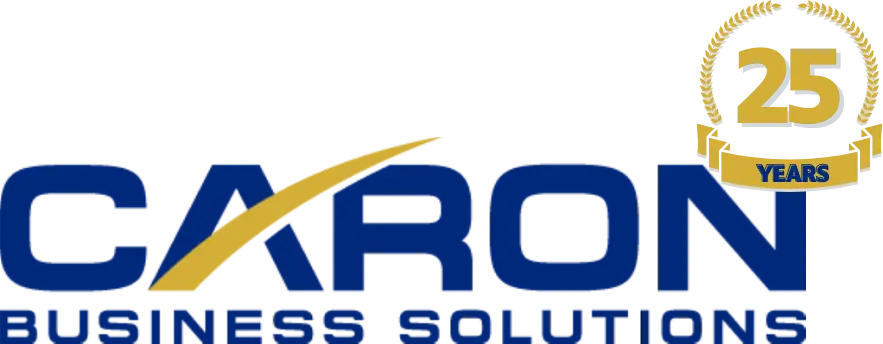In a domain as dynamic as distribution, having the right tools isn’t just about convenience—it’s about ensuring continued success. Your organization’s legacy ERP system, while once revolutionary, may now be acting as an anchor rather than a sail. Or perhaps you’re still relying on QuickBooks and a host of manual workflows to keep your business afloat.
Regardless of your size or current software applications, when researching new ERP solutions for your distribution business, knowing what to look for is essential. Here we’ve gathered eleven (why stop at 10?) capabilities that we recommend distributors look for when researching a new ERP application. (We tried to include some less-than-obvious ones to keep you guessing.)
Eleven capabilities to look for in a distribution-focused ERP
1. End-to-end supply chain visibility
Look for: Real-time tracking and tracing functionalities. With global sourcing and increasingly complex supply chains, you need a 360-degree view of your operations, from procurement to delivery.
2. Rapid quote-to-cash cycle capabilities
Look for: Seamless integration between sales, inventory, and finance modules to speed the quote-to-cash cycle. This ensures that from the moment a client requests a quote to the point they make a payment, everything flows smoothly and swiftly, accelerating cash flow.
3. Advanced distribution metrics
Look for: Dashboards and reporting tools that can provide insights on vital metrics such as inventory turns, service levels, order-to-ship times, fill rate, order cycle time, and gross margin return on inventory investment (GMROII).
4. Demand forecasting
Look for: Comprehensive reporting tools—including business intelligence tools—to provide you with a deeper understanding of your business. In particular, these tools can help predict demand to ensure you’re neither overstocked nor understocked, saving costs and boosting customer satisfaction.
5. Integrated ecosystem for supplier management
Look for: Supplier portals and collaboration tools. Building and maintaining strong supplier relationships is vital for distributors. An integrated portal allows real-time communication, order tracking, and performance evaluations.
6. AI-powered tools
Look for: AI and machine learning tools to streamline business processes, including accounts payable, expense matching, and bank reconciliation. These tools can also drive predictive analytics to recommend optimal stocking levels, reorder points, and even seasonality considerations.
7. Collaborative demand planning
Look for: Tools like dashboards and sharable reports that allow for real-time collaboration so different departments (sales, marketing, operations) can come together to create more accurate demand plans.
8. Customer engagement platform
Look for: Integration with CRM. An efficient ERP system allows for customer self-service portals, real-time order updates, and more transparent communication, leading to increased trust and loyalty.
9. Data collection capabilities
Look for: Integrated barcode, radio frequency identification (RFID), and optical character recognition (OCR) capabilities. These and other modern warehouse technologies streamline workflows, increase accuracy, and speed order processing times.
10. Real-time notifications
Look for: Automated email and text alerts to notify stakeholders about specific events, such as a low stock of a popular item or the receipt of backordered items.
11. Scalability and flexibility
Look for: Cloud-based platforms. Unlike most on-premises solutions, cloud-based ERP systems scale as your business grows. With the flexibility of customization, your software can adapt to your needs, not the other way around.
Get ready for distribution ERP in the cloud
If your current on-premises ERP is holding you back from achieving the growth, efficiency, and profitability you know you’re capable of, it’s time to consider a move to a modern, cloud-based ERP application. For you QuickBooks users that may think you’re still too small for ERP, it’s time to rethink. With the rise of cloud technology and SaaS, these solutions are more robust, easier to use, and more affordable than ever. Today, small and mid-sized businesses are some of the fastest adopters of cloud ERP applications.
For distribution companies like yours, modern cloud-based ERP systems—like Acumatica—offer more than a set of features—they deliver strategic advantages. We invite you to download this Distribution ERP Handbook for additional help selecting the right ERP for your organization. We’d love to show you how Acumatica can help your distribution company ride the cloud wave and navigate a successful future. Reach out to a member of our cloud ERP consulting team to get the conversation started.




